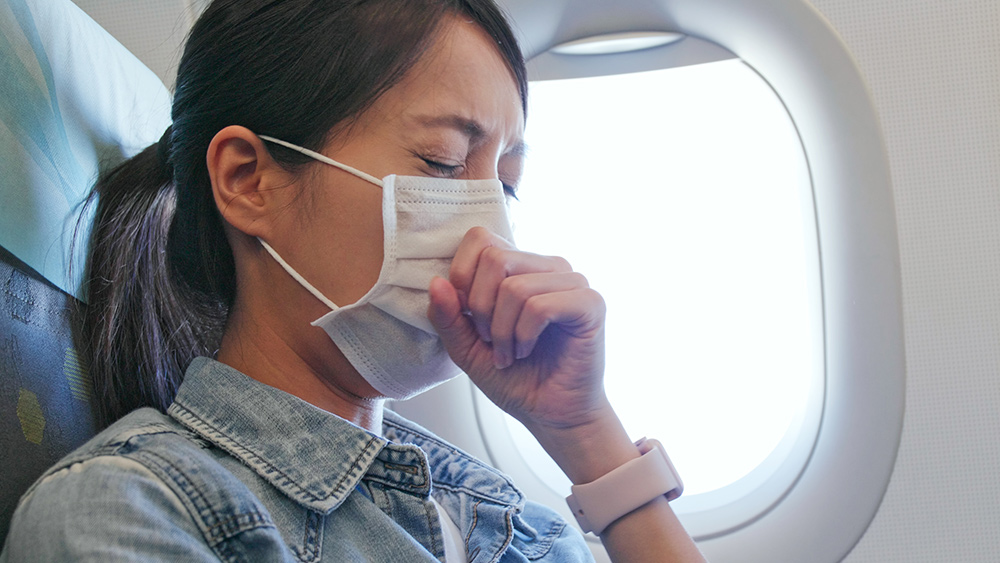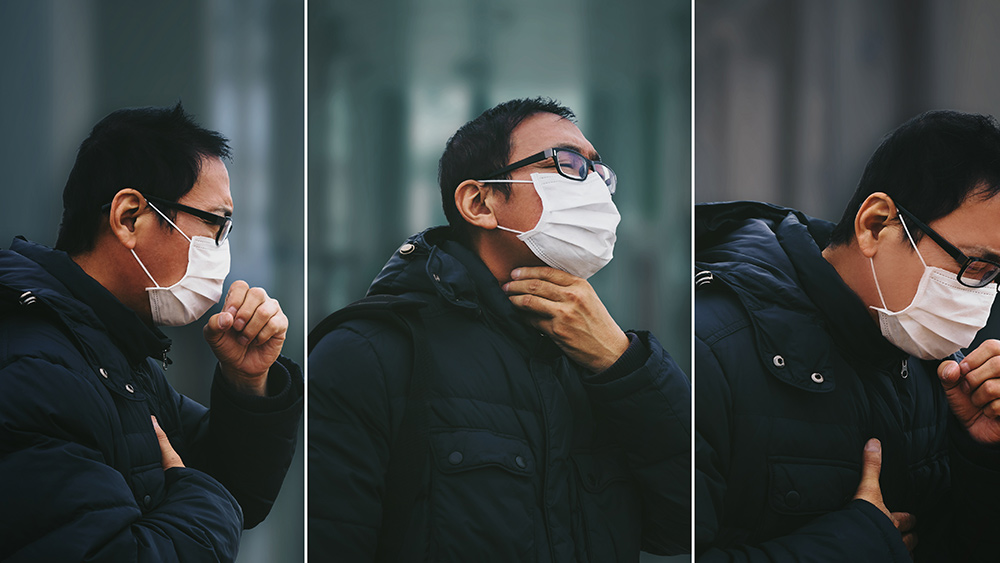New study predicts 15 million coronavirus deaths across the globe
03/09/2020 / By Ethan Huff

A predictive model from The Australian National University (ANU) that looks at seven potential scenarios for how the Wuhan coronavirus (CoVid-19) will impact the world once all is said and done makes one unanimous determination: at best, 15 million people will end up dead when the dust finally settles, along with a corresponding $2.4 trillion hit to the global economy.
Again, these shocking projects are a best-case scenario. The other options presented in the model are far worse, indicating that, contrary to what Fox News and others are claiming about this novel virus being no different than the common cold, a major lives lost and financial meltdown scenario is brewing.
Four of the seven scenarios the model predicts assess the impact of the Wuhan coronavirus (CoVid-19) spreading outside of China, with a range of low-to-high severity. Another scenario looks at the global impact of a mild pandemic occurring annually in perpetuity, while a completely separate model predicts more than two million deaths in the United States alone by this upcoming Fourth of July.
Editor’s note: That Revision 1 model linked above has now been replaced with a Revision 2 model which estimates 1.1 million deaths by early July (if no travel restrictions are put in place) by invoking a 25% “social distancing suppression” factor.
Based on data from the 1968-69 Hong Kong flu pandemic, which is estimated to have killed about one million people, researchers from ANU determined the aforementioned lower-end death and financial tolls. However, based on upper-end data from the infamous Spanish flu pandemic of 1918-20, figures of $9 trillion in economic losses and 68 million deaths is predicted.
“Our scenarios show that even a contained outbreak could significantly impact the global economy in the short run,” stated Warwick McKibbin, a professor of economics at ANU and one of the study’s lead authors.
“Even in the best-case scenario of a low-severity impact, the economic fallout is going to be enormous and countries need to work together to limit the potential damage as much as possible,” he added.
Listen below as Mike Adams, the Health Ranger, discusses how to deal with Wuhan coronavirus (CoVid-19) deniers who continue to bury their heads in the sand while claiming that we’re dealing with just another seasonal flu:
The first domino has been tipped – are you ready for the rest?
The stated purpose of this research isn’t to scare people, but rather to give policymakers the nudge they need to effectively prepare for what’s coming. Since it’s already too late for any type of formidable containment, researchers are calling on authorities to put their politics aside and assess the matter honestly to help minimize the impact this is going to have on countless human lives.
“There needs to be vastly more investment in public health and development, especially in the poorest countries,” McKibbin is further quoted as saying. “It is too late to attempt to close borders once the disease has taken hold in many other countries and a global pandemic has started.”
A recent study from the Chinese Center for Disease Control and Prevention found that those most seriously affected by the Wuhan coronavirus (CoVid-19) are the elderly and people with preexisting health conditions. The risk of death from the virus also increases in direct proportion to a person’s age.
At the same time, patients between the ages of 10 and 19 were found to have the same chance of dying from the Wuhan coronavirus (CoVid-19) as people in their 20s and 30s. But by the time we hit age 50, the risk of death jumps substantially.
According to the official data, only about 20 percent of Wuhan coronavirus (CoVid-19) cases end up becoming serious to the point of becoming a fatality risk. And there are likely many mild cases of the disease that aren’t even being reported because victims aren’t sick enough to have to go to the doctor or a nearby hospital for treatment.
More of the latest Wuhan coronavirus (CoVid-19) news is available at Pandemic.news.
Sources for this article include:
Tagged Under: China, coronavirus, covid-19, deaths, disease, global emergency, independence day, infection, July 4, novel coronavirus, outbreak, pandemic, projections, travel restrictions, virus, Wuhan, Wuhan coronavirus

















